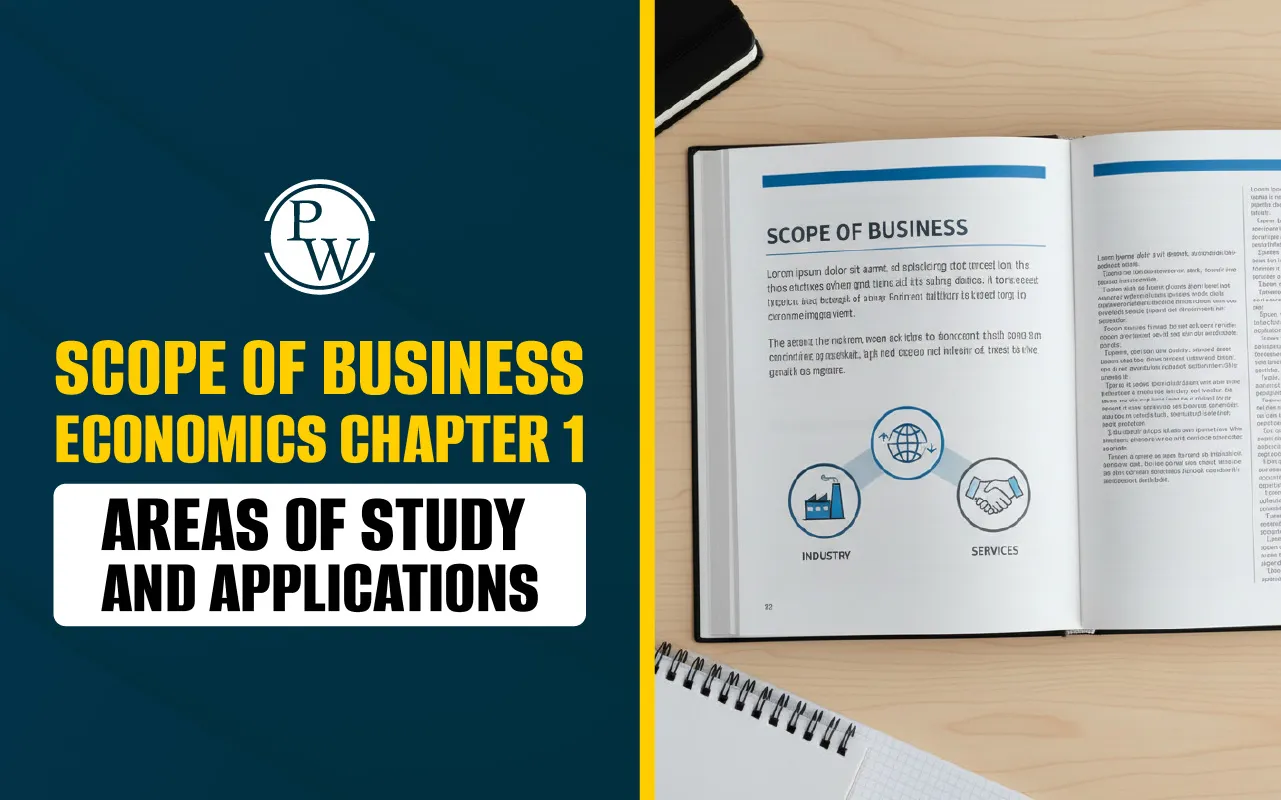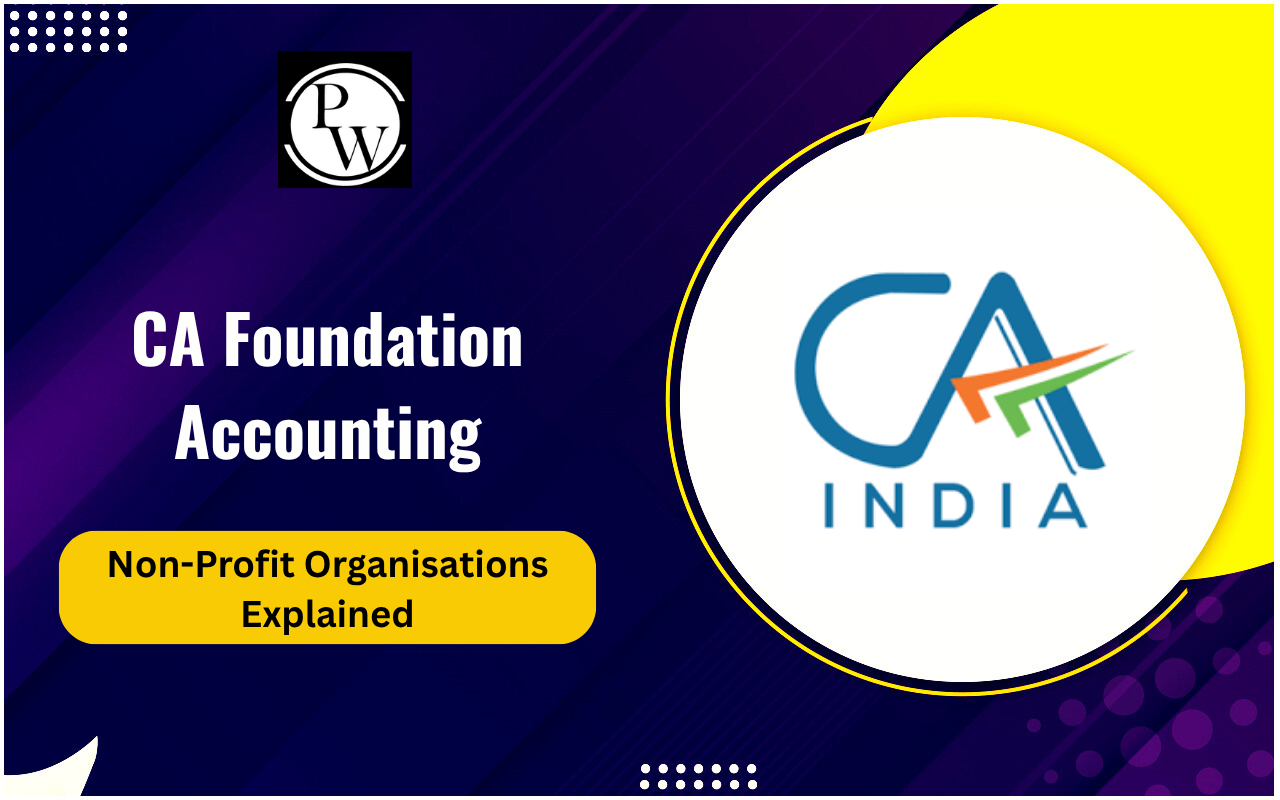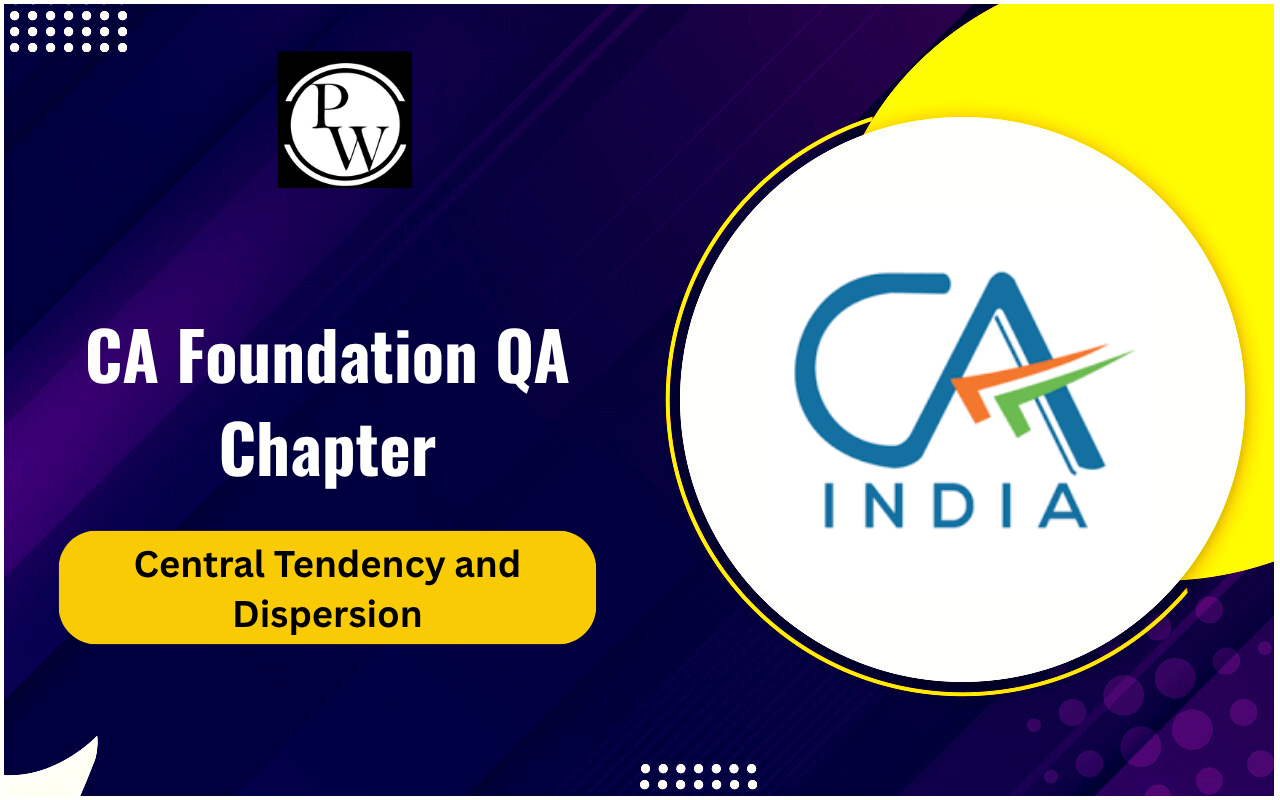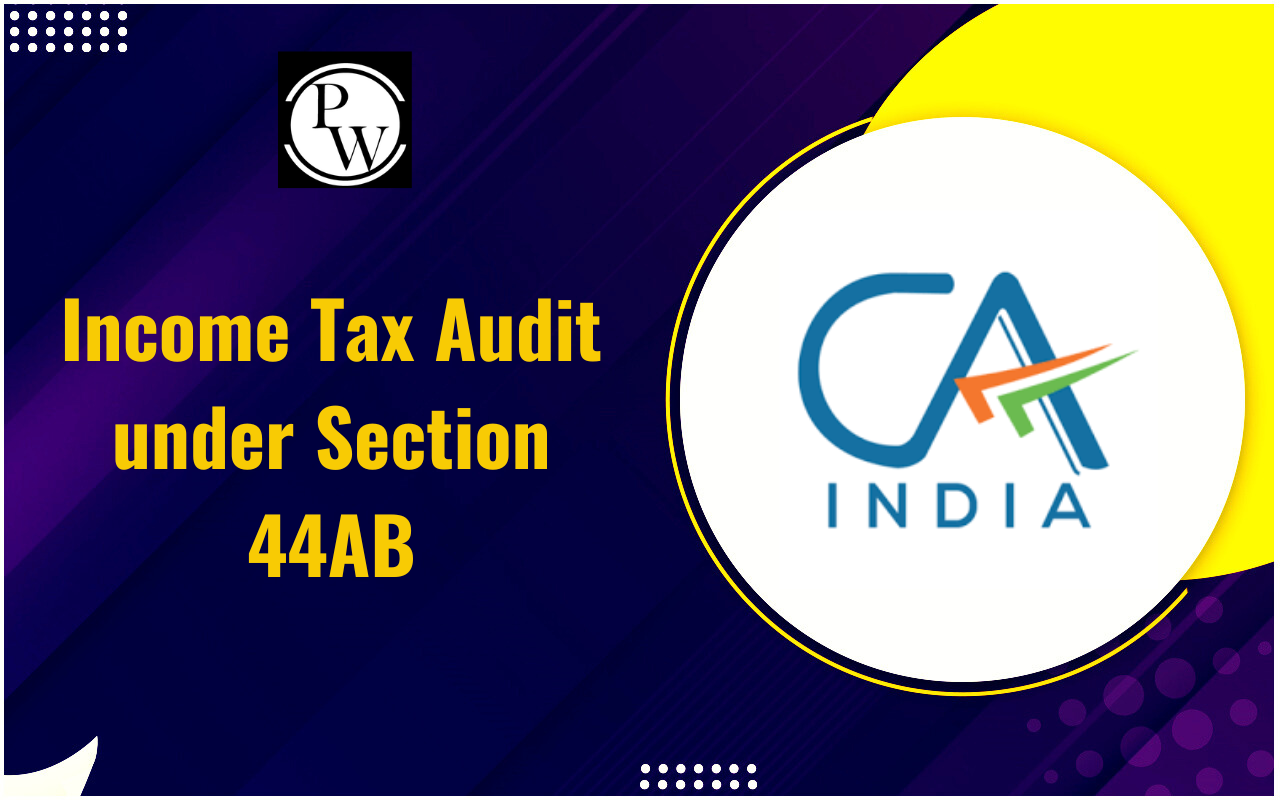
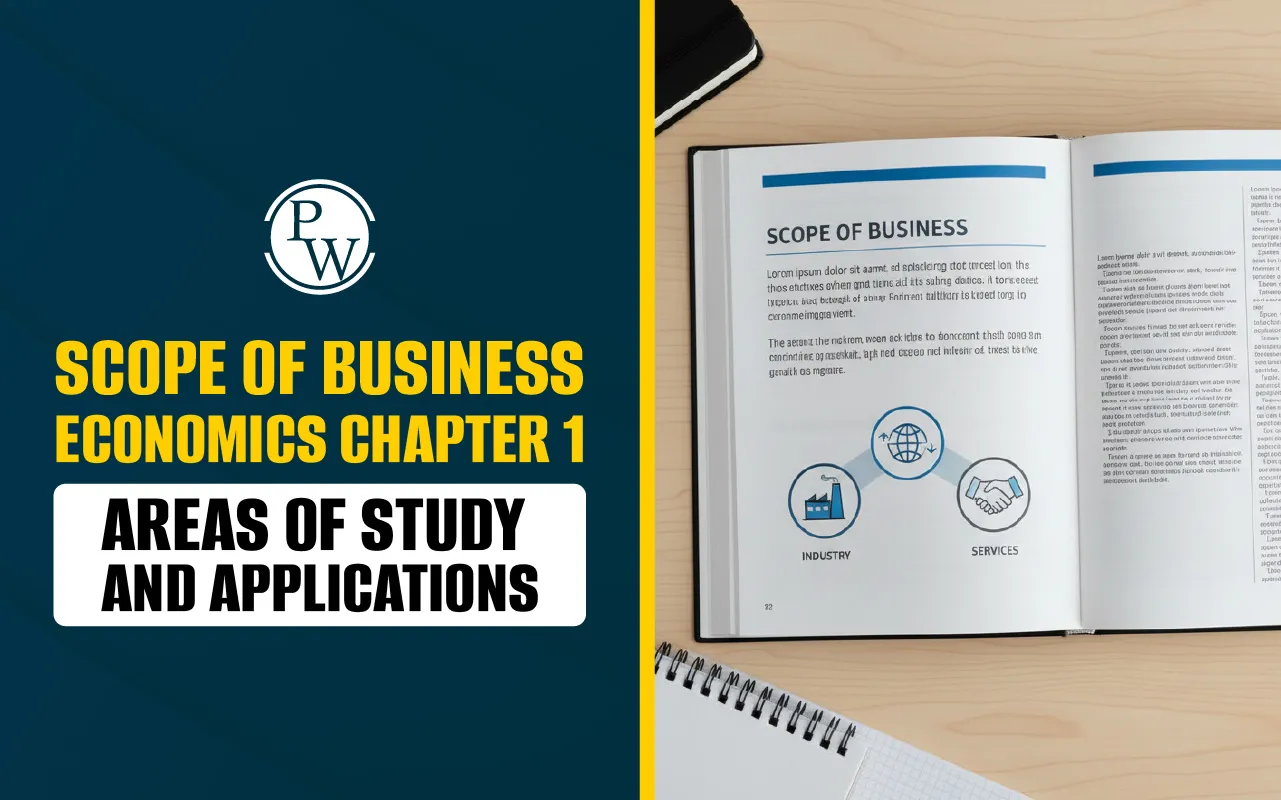
Scope of Business Economics Chapter 1: Business Economics is an area of study that helps businesses make better decisions by applying economic concepts. It focuses on solving practical problems that a business or manager faces daily. Understanding the Scope of Business Economics Chapter 1 is important because it explains how economic principles are applied in real business situations. Below, we will discuss the internal and external factors in business decision-making, operational and strategic business applications, profit maximization and cost minimization, and areas of application in business management.
Understanding the Scope of Business Economics
The Scope of Business Economics Chapter 1 is wide and covers many issues that affect the success of any business. It covers both internal factors that are within the firm and external factors in the environment.
By studying business economics, managers can make decisions that are related to production, pricing, investment, and resource allocation efficiently. Business Economics is mainly divided into two parts:
-
Internal factors in business decision-making: Issues that occur inside the organization and that can be controlled by management.
-
External factors in business decision-making: environmental issues that are beyond the control of management but it significantly influence business operations.
Internal Factors in Business Decision Making
Internal factors are those elements that the management can directly influence. They are related to the operational functioning of the business. The Scope of Business Economics Chapter 1 emphasizes that proper analysis of these factors helps in profit maximization and cost minimization.
Some important internal factors include demand forecasting, production planning, cost management, inventory control, pricing policies, and investment decisions. These factors can be studied and managed using microeconomic tools:
| Internal Factors in Business Decision Making | ||
| Internal Factors | Description | Role in Decision-Making |
| Demand Analysis and Forecasting | Studying consumer behavior and predicting future demand | Helps in producing the right quantity at the right time |
| Production and Cost Analysis | Relationship between inputs and outputs, and cost behavior | Ensures cost minimization and efficient production |
| Inventory Management | Managing raw materials, work-in-progress, and finished goods | It reduces inventory costs and avoids stock-outs |
| Market Structure and Pricing Policies | Understanding competition and pricing under different market conditions | Guides pricing decisions and marketing strategies |
| Resource Allocation | Optimal use of available resources | Helps in strategic planning and operational efficiency |
| Investment and Capital Decisions | Choosing the best investment projects | Supports long-term profit planning |
| Risk and Uncertainty Analysis | Identifying potential risks and uncertainties | Improves decision-making under unpredictable conditions |
External Factors in Business Decision Making
External factors are things that are outside the control of the business but that significantly affect the performance of business. The Scope of Business Economics Chapter 1 includes studying these external factors to fine-tune business policies and reduce adverse impacts.
External factors include economic, social, political, and regulatory elements that shape business decisions. Understanding these factors helps firms to respond to market changes and policy shifts effectively.
| External Factors in Business Decision Making | ||
| External Factors | Description | Impact on Business |
| Type of Economic System | Market, mixed, or planned economy | Determines business freedom and regulatory framework |
| Stage of Business Cycle | Expansion, recession, or slowdown | Affects production and investment decisions |
| National Income, Employment, Prices | Overall economic trends | Influences demand, cost, and pricing strategies |
| Government Policies | Fiscal, industrial, trade, and competition policies | Shapes strategic decisions and compliance requirements |
| Financial System | Working of banks, the capital market, and regulations | Affects investment and funding decisions |
| Socio-Economic Organizations | Trade unions, producer and consumer associations | Impacts labor management and consumer relations |
| Social and Political Environment | Stability, laws, and culture | Influences business strategy and risk management |
Application of Business Economics in Management
The Scope of Business Economics Chapter 1 is not limited to only studying theory. It is applied in practical business management. Business economics provides tools and techniques to improve decision-making and achieve organizational objectives. Below, we’ve mentioned the main applications:
Decision-Making Support: Business economics helps managers make decisions regarding production levels, pricing, investment, and resource allocation.
Cost Control and Efficiency: By analyzing costs and production techniques, managers can identify the least-cost input mix and improve operational efficiency.
Profit Planning: Business economics aids in estimating expected profits and evaluating risks to achieve long-term profitability.
Inventory Management: Applying business economics techniques ensures optimal stock levels and reduces storage costs.
Pricing Strategies: Understanding market structures and consumer behavior helps in framing effective pricing policies.
Resource Allocation: Tools like linear programming and capital budgeting help in the optimal use of resources and allocation of funds.
Risk and Uncertainty Management: Business economics assists in evaluating potential risks and formulating plans under uncertainty.
Strategic Planning: Insights from both internal and external analysis guide the firm in long-term strategic decisions.
The Scope of Business Economics Chapter 1 is vast and covers the essential aspects of business decision-making. Understanding internal and external factors in business decision-making allows managers to make well-informed choices. By focusing on operational and strategic business applications, businesses can achieve efficiency, cost minimization, and profit maximization.
Business economics is a practical tool that helps firms navigate both controllable internal issues and uncontrollable external environmental factors. Its applications in management ensure that businesses can grow sustainably while facing the challenges of the dynamic economic environment.
Scope of Business Economics Chapter 1 FAQs
What is the Scope of Business Economics Chapter 1?
What are internal factors in business decision-making?
What are external factors in business decision-making?
How does business economics help managers?

